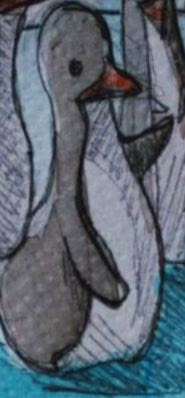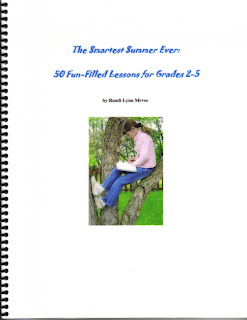Last year, one of my articles was published by a prestigious children’s magazine. The good news: I had a great clip. The bad news: I wasn’t paid.
I called the publishing company several months after publication and was told that payment would be mailed nine months following publication.
Accepting this as standard procedure, I decided to wait (although deep inside it didn’t feel right).
Meanwhile, I wrote about publishing for this children’s market and submitted my articles to writers' magazines. However, one editor passed on my article.
She informed me that she could not publish a piece that centered on this publisher.
Many writers had not been paid, including herself.
I was not alone.
To make a long story short, I had to call the publisher’s accounting department several times to get results.
I was told that someone would call me back.
I was told that my check had been cut.
I was told that my check would be mailed.
But none of that happened.
After additional phone calls, I was told that I needed to send a W9 form to accounts payable.
So I did, still having doubts; however, I received my check a week later.
What does this little story tell us?
Before submitting to a market, look into when you’ll be paid.
For me, this publisher guaranteed payment “sometime after publication" (which translated to:
over a year following publication).
These terms are too vague.
If you should find yourself in a similar situation, call the publisher to find out exactly when payment will be made.
If it exceeds your expectations, negotiate and then get it in writing that you want to be paid in a shorter amount of time.
That’s what I should’ve done.
It would have saved me time and trouble.
But live and learn.
Now I know, and so do you.












.jpg)


